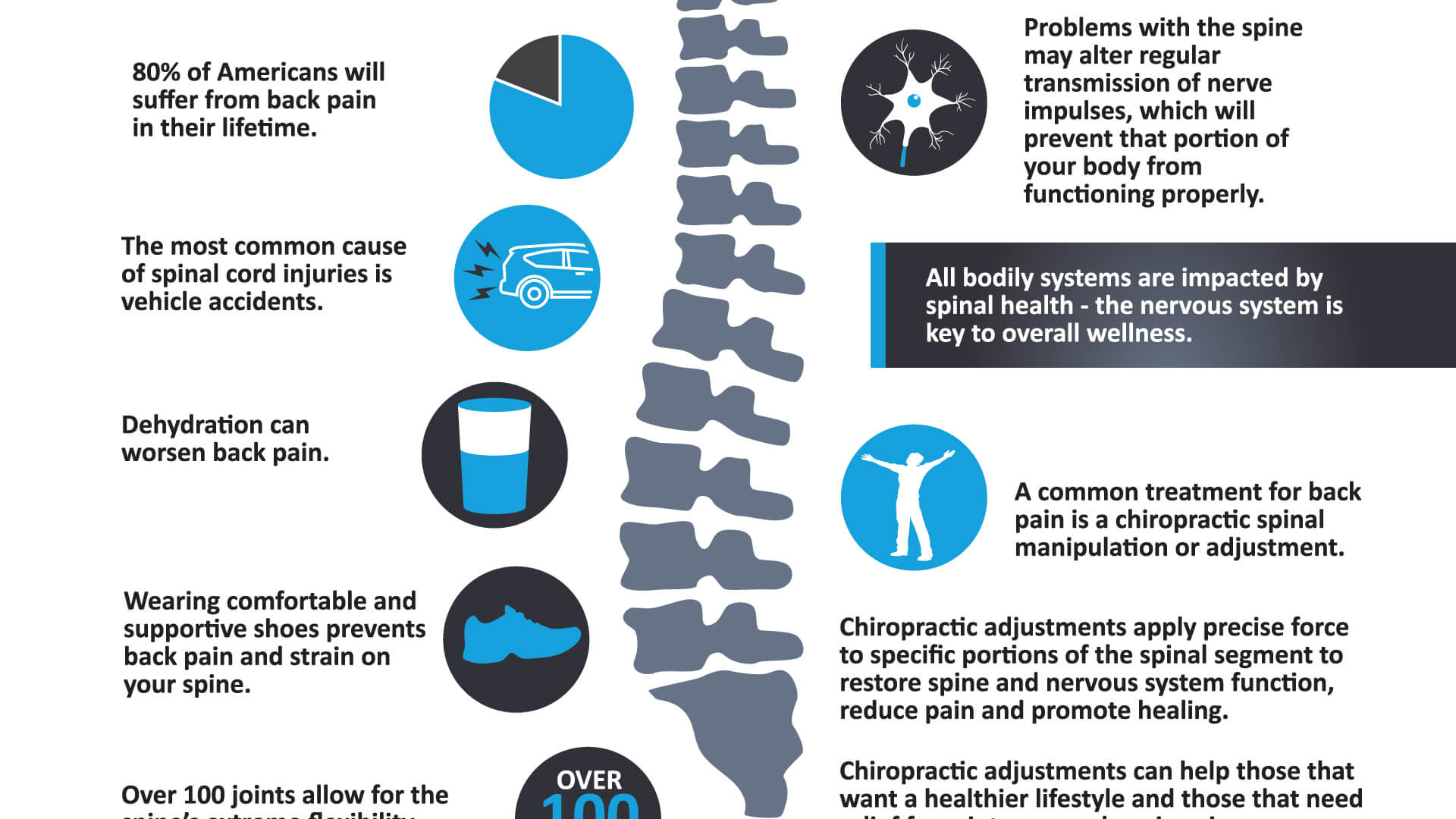The Top Daily Behavior That Add To Neck And Back Pain And How To Stay Clear Of Them
The Top Daily Behavior That Add To Neck And Back Pain And How To Stay Clear Of Them
Blog Article
Material Writer-Mckay Glud
Preserving correct position and staying clear of usual challenges in daily tasks can substantially influence your back health. From how you rest at your desk to just how you lift heavy items, tiny adjustments can make a large distinction. Envision a day without the nagging neck and back pain that prevents your every relocation; the solution might be simpler than you believe. By making a few tweaks to your daily habits, you could be on your means to a pain-free existence.
Poor Stance and Sedentary Lifestyle
Poor position and an inactive lifestyle are 2 significant contributors to pain in the back. When acupuncturist slouch or hunch over while sitting or standing, you placed unnecessary strain on your back muscular tissues and spinal column. This can bring about muscle inequalities, stress, and at some point, persistent neck and back pain. Additionally, sitting for extended periods without breaks or exercise can weaken your back muscle mass and result in tightness and pain.
To deal with bad pose, make a mindful initiative to rest and stand straight with your shoulders back and straightened with your ears. Keep in mind to maintain your feet level on the ground and prevent crossing your legs for prolonged periods.
Incorporating normal stretching and strengthening workouts into your day-to-day regimen can also help boost your stance and ease neck and back pain related to a less active way of living.
Incorrect Training Techniques
Incorrect training methods can substantially contribute to back pain and injuries. When you raise heavy objects, remember to bend your knees and use your legs to lift, as opposed to relying upon your back muscle mass. Avoid twisting your body while training and keep the item near to your body to reduce strain on your back. It's vital to maintain a straight back and stay clear of rounding your shoulders while raising to prevent unnecessary stress on your spinal column.
Always assess the weight of the item before lifting it. If it's too hefty, ask for help or usage equipment like a dolly or cart to move it securely.
Bear in mind to take breaks during raising tasks to provide your back muscular tissues a possibility to relax and avoid overexertion. By applying correct lifting methods, you can protect against back pain and reduce the risk of injuries, guaranteeing your back remains healthy and balanced and solid for the long-term.
Lack of Normal Exercise and Extending
A sedentary way of living without normal exercise and extending can substantially contribute to pain in the back and pain. When you do not engage in exercise, your muscular tissues come to be weak and inflexible, resulting in poor stance and boosted stress on your back. Routine workout aids enhance the muscle mass that sustain your spine, improving security and lowering the risk of pain in the back. Incorporating extending right into your routine can additionally boost flexibility, avoiding stiffness and discomfort in your back muscular tissues.
To avoid pain in the back brought on by an absence of workout and stretching, go for at the very least 30 minutes of modest physical activity most days of the week. Consist of exercises that target your core muscle mass, as a solid core can help alleviate stress on your back.
In addition, take breaks to extend and relocate throughout the day, particularly if you have a desk work. lower back pain doctors near me like touching your toes or doing shoulder rolls can aid relieve tension and prevent back pain. Prioritizing normal exercise and stretching can go a long way in maintaining a healthy back and minimizing pain.
Conclusion
So, keep in mind to stay up directly, lift with your legs, and stay active to prevent neck and back pain. By making basic adjustments to your everyday practices, you can stay clear of the discomfort and limitations that feature back pain. Look after your spinal column and muscular tissues by practicing excellent posture, proper lifting strategies, and routine exercise. Your back will thank you for it!
